
The Calouste Gulbenkian Museum houses one of the world's most important private art collections. It includes works from Ancient Egypt to the early 20th century, spanning the arts of the Islamic World, China and Japan, as well as the French decorative arts, the jewellery of René Lalique and some of the most important painters of all times works such as Rembrandt, Monet, Rubens, Manet, Renoir, Degas and Turner.
Pedro da Fonseca Caldeira Cabral is a Portuguese composer, published author and multi-instrumentalist who specializes in Mediaeval, Renaissance, Baroque and Iberian music. His primary instrument is the Portuguese Guitar. He is the recipient of the Degree of Grand Officer of the Order of Infante D. Henrique, awarded to him in 2018 by the President of the Republic, Marcelo Rebelo de Sousa.
Sofia Areal is a Portuguese abstract painter, whose works adhere mostly to organic non-geometrical forms and a strong chromatic focus. Besides painting and drawing, Areal's work involves collage, textile design, and scenography.
Ana Vieira was a Portuguese artist.
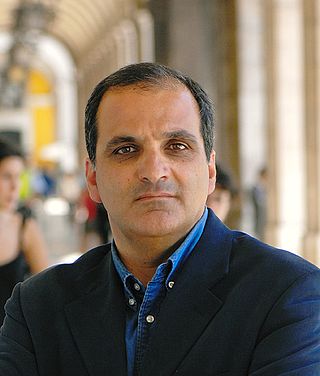
Walter Rossa is architect, urban planner, researcher and Professor of University of Coimbra.
Alberto Carneiro was a Portuguese artist.
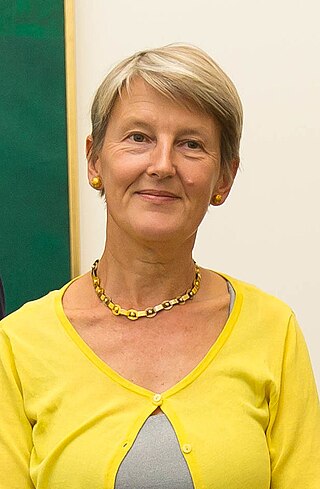
Penelope Curtis is a British art historian and curator. Fom 2015 to 2020 she was the director of Lisbon's Museu Calouste Gulbenkian, and from 2010 to 2015 director of Tate Britain. She is the author of several monographs on sculpture and has written widely at the invitation of contemporary artists.
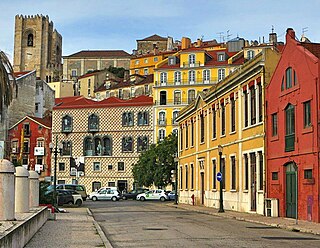
Lisbon is one of the most popular city destinations in Europe. The city of Lisbon and the Lisbon metropolitan area attracts a significant number of tourists each year, drawn to its historical and cultural heritage, good transportation connections and good touristic infrastructure.
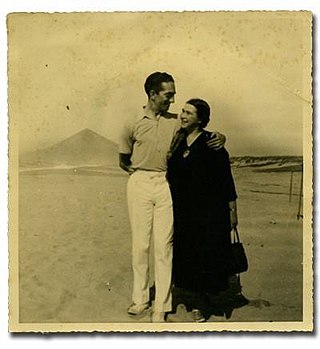
Sarah Affonso, the art name used by Sara Sancha Afonso, (1899–1983) was a Portuguese artist and illustrator who was brought up in the Minho Region in the north of the country. Adopting a modernist style, she painted scenes of rural life in her childhood province and portraits of peasant women. Although she exhibited in Paris in the late 1920s, her most important paintings date from the 1930s. She was largely forgotten until her work was presented in 2019 at Lisbon's Calouste Gulbenkian Museum.

João Artur da Silva is a Portuguese born artist and photographer currently living in British Columbia, Canada.

Ana Jotta is a Portuguese artist born in 1946 in Lisbon.

Salette Tavares was a Portuguese writer, poet and essayist, best known for her visual poetry.

Graça MoraisGOIH is a Portuguese artist. A member of the Academia Nacional de Belas-Artes of Portugal, she was made a Grand Officer of the Order of Prince Henry in 1997. She is married to the musician Pedro Caldeira Cabral.

Ângela Ferreira is a Portuguese and South African installation artist, video artist, photographer and sculptor. She spends time in both countries.

Fernanda Fragateiro is a Portuguese artist and sculptor who mainly collaborates with architects and landscape architects.
Susanne S. D. Themlitz is an installation artist who has Portuguese and German nationality. She has exhibited widely in Portugal, Germany and Spain.
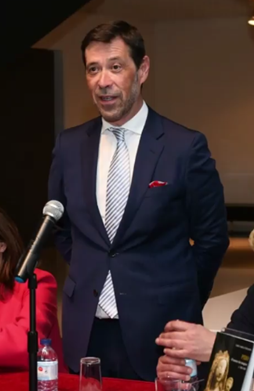
António Manuel Filipe Rocha Pimentel is a Portuguese academic and art historian currently the director of the Calouste Gulbenkian Museum in Lisbon, Portugal.
Carlos Mascarenhas Martins de Azevedo was a Professor in the history of art and architecture and a curator at the National Museum of Contemporary Art Portugal. Considered an important figure in the promotion of Portuguese culture, as well as for his research work, he was honoured with a colloquium “Homenagem a Carlos de Azevedo” on the centenary of his birth that took place at the São Roque Museum of the Santa Casa Da Misericórdia de Lisboa in May 2018.

Maria Madalena Bagão da Silva Biscaia de Azeredo Perdigão, played an important role in the cultural life of Portugal in the second half of the 20th century, particularly as a result of her association with the Calouste Gulbenkian Foundation in the Portuguese capital of Lisbon, where she founded and directed the Foundation's Music Service and later directed the Serviço de Animação, Criação Artística e Educação pela Arte.













